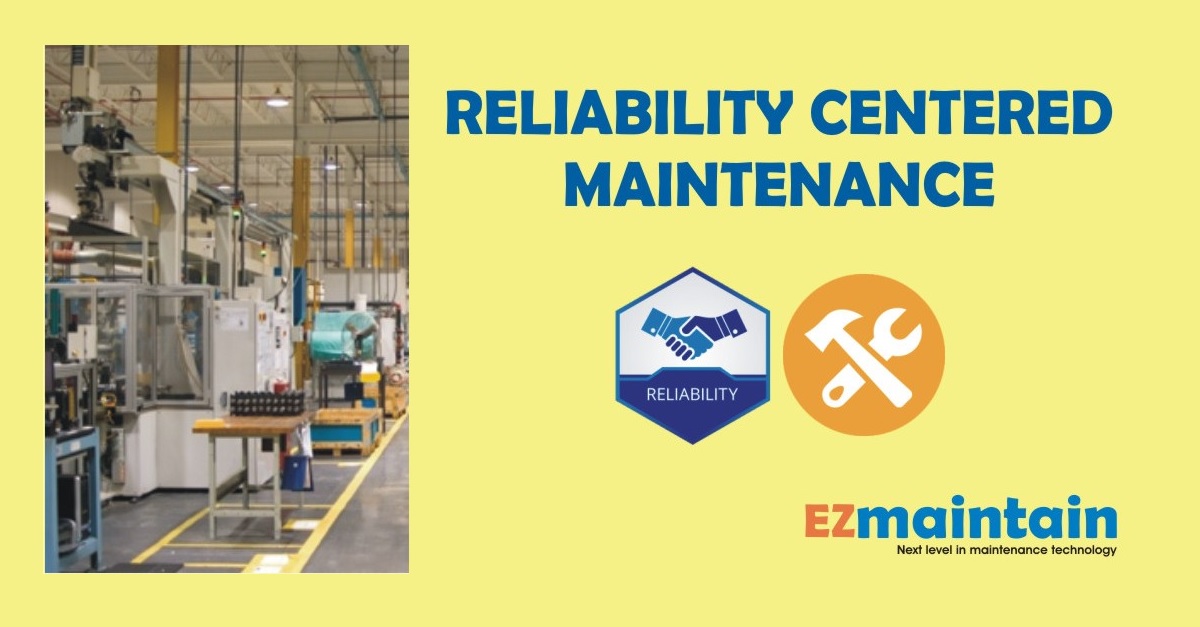
Why Reliability Centered Maintenance
Greater Safety and Environmental Integrity
Reliability Centered Maintenance (RCM) considers the safety and environmental implications of every failure mode before considering its effect on operations. This means that steps are taken to minimize all identifiable equipment-related safety and environmental hazards, if not eliminate them altogether. By integrating safety into the mainstream of plant and facility maintenance software decision making, RCM also improves attitudes to safety.
Improved Asset Operating Performance & Reduction in Failure
Reliability Centered Maintenance recognizes that all types of maintenance have some value, and provides rules for deciding which is most suitable in every situation. By doing so, it helps ensure that only the most effective forms of maintenance procedure is chosen for each asset, and that additional suitable action user machine training is taken in cases where only maintenance cannot help. This much more tightly focused maintenance effort leads to quantum jump in the asset quality and performance.
Reliability Centered Maintenance was initially developed to help airlines draw up maintenance programs for new types of aircraft before they enter service, it is an ideal way to develop such programs for new assets, especially complex equipment for which no historical information is available. This saves much of the trial and error which is so often part of the development of new maintenance programs, trials are time-consuming and frustrating, and errors can prove to be very costly.
Greater Maintenance & Overall Cost-effectiveness
Reliability Centered Maintenance continually focuses attention on the maintenance activities which have most effect on the performance of the asset. This help to ensure that everything spent on maintenance is spent where it will do the most good. In addition, if RCM is correctly applied to existing maintenance systems, it reduces the amount of routine work order request (in other words, maintenance tasks to be undertaken on a cyclic basis) issued in each period, usually by 45% to 75%. On the other hand, if RCM is used to develop a new preventive or breakdown maintenance program, the resulting scheduled workload is much lower than if the program is developed by traditional methods.
Improved Asset Performance & Life Cycle
Due to a carefully focused emphasis on the use of on-condition maintenance techniques, CMMS maintenance engineers can get improved asset performance and life, as wear and tear will be less and reduction in unexpected asset failure.
Comprehensive Asset & Work order Database
Reliability Centered Maintenance review ends with a comprehensive and fully documented record of the maintenance requirements of all the significant assets used by the organization. This makes it possible
to adapt rapid changing circumstances (such as changing shift patterns or new technology) without having to reconsider all maintenance policies from scratch. It also enables equipment users to demonstrate that their preventive maintenance programs are built on rational foundations (the maintenance audit trail required by more and more regulators like ISO). Finally, the information stored on RCM maintenance worksheets reduces the effects of staff turnover with its attendant loss of experience and expertise.
An RCM review of the maintenance requirements of each asset also provides a much clearer view of the technical skill required to maintain each asset, and for deciding what spare parts should be available in stock. A valuable by-product is also improved by creating maintenance manual and standards.
Greater Individual Motivation
For People who are involved in the review process. It leads to greatly improved general understanding of the equipment in its operating context, together with wider feeling 'ownership' of maintenance problems and their solutions. It also means that solutions are more likely to endure.
Better Teamwork & Organization Feeling
Reliability Centered Maintenance provides a common, easily understood technical language for everyone who has anything to do with maintenance. This gives maintenance and operations people a better understanding of what maintenance can and cannot achieve and what must be done to achieve certain set of laid maintenance guidelines.
All of these issues are part of the mainstream of maintenance management process, and many are already the target of improvement programs. A major feature of RCM is that it provides an effective step-by-step framework by using CMMS Software for tackling all of them at once, and for involving everyone who has anything to do with the equipment . Reliability Centered Maintenance yields results very quickly when managed via Computerized Maintenance Management Software (CMMS), if they are correctly focused and correctly applied, RCM reviews can pay for themselves in a matter of few months and sometimes even a matter of weeks. The reviews transform both the perceived maintenance requirements of the physical assets used by the organization and the way in which the maintenance function as a whole is perceived. The result is more cost-effective, more harmonious and allows much successful maintenance.
Recent Posts
Why Select Cloud base CMMS Compared to On-Premise Software
Why Small Business should implement Cloud base CMMS Software
Proper Planning for Preventive Maintenance Improves Equipment Life and Reduce Failure
Create a Maintenance Policy that works!
CMMS Software Integrates Sensor Data allows condition base Preventive Maintenance